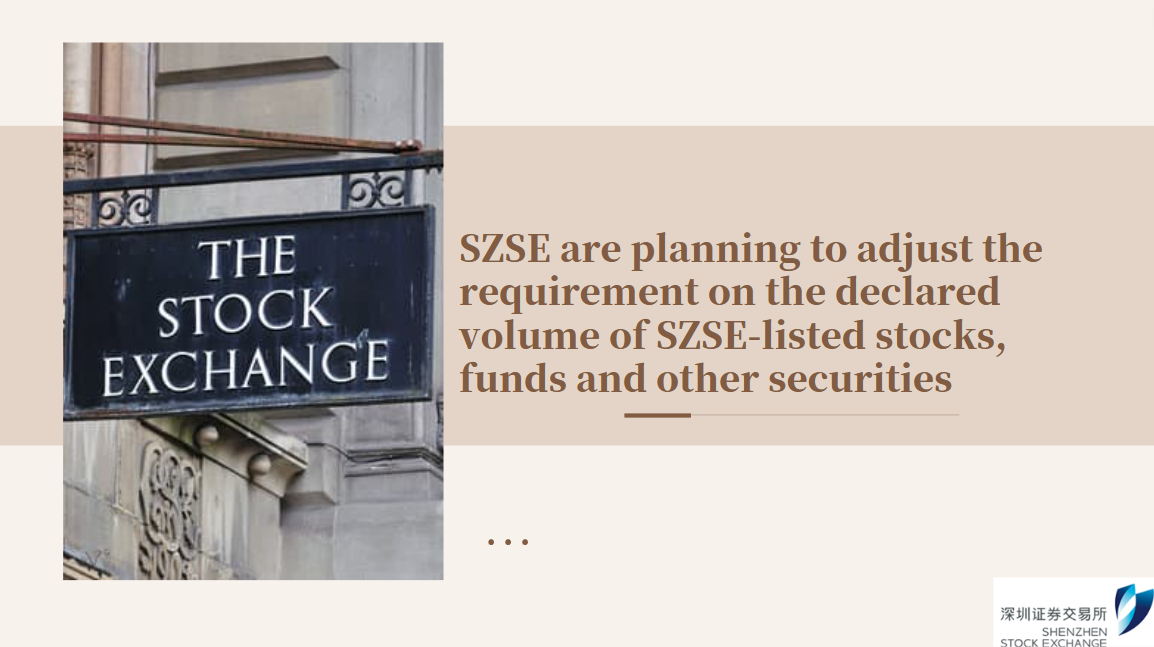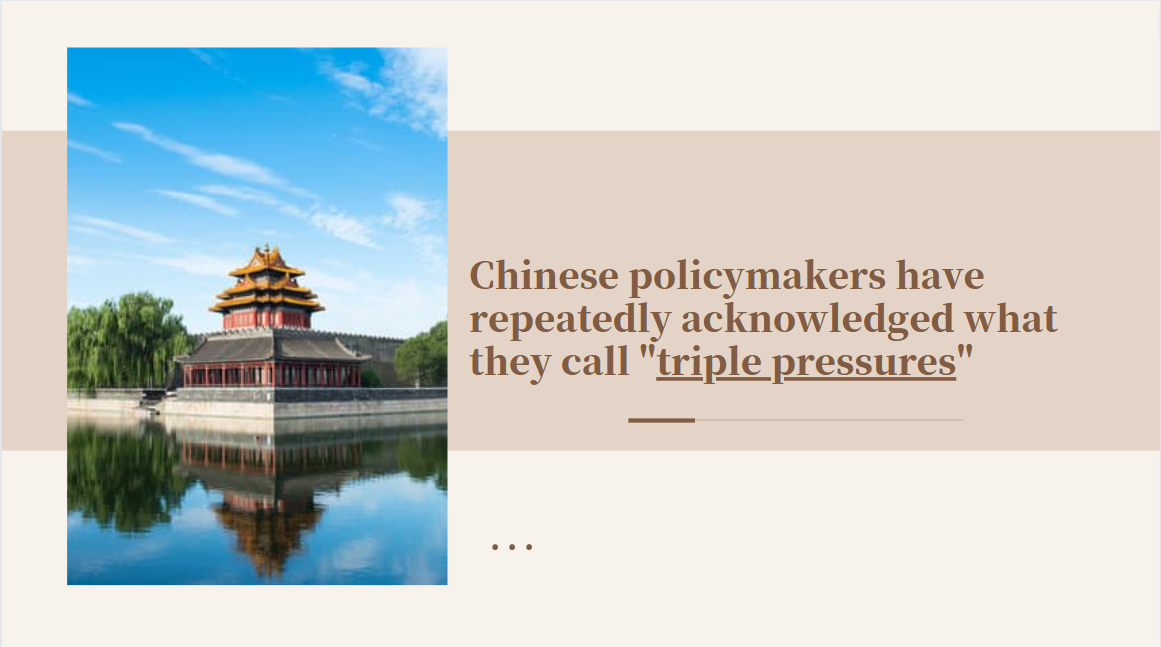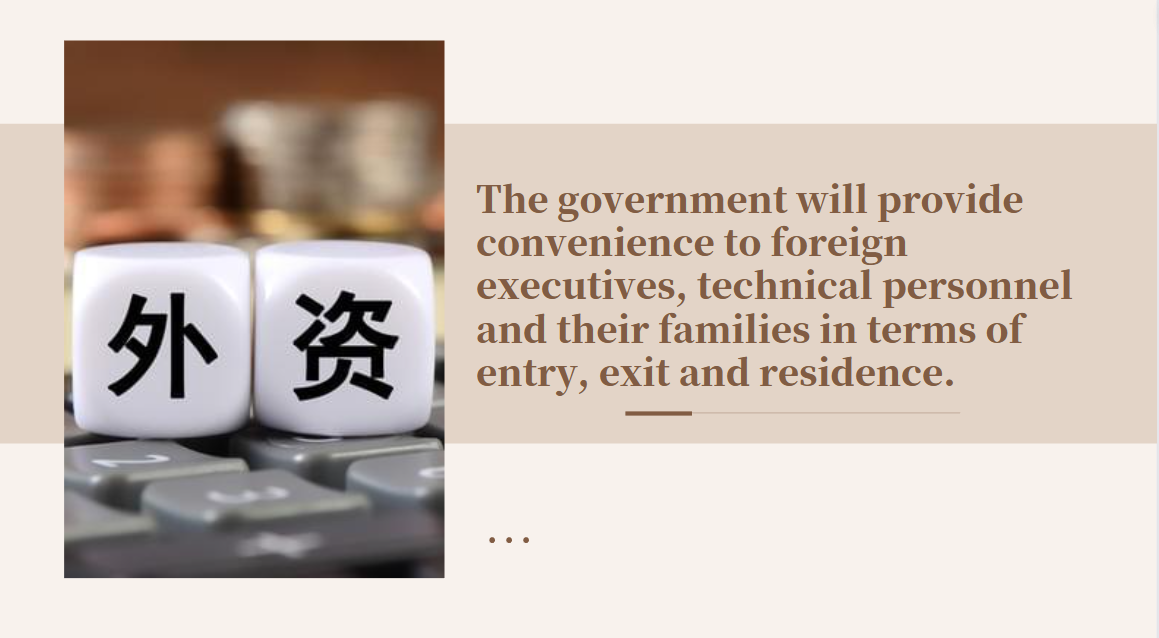Fiscal-monetary balance key to steady growth
Against the backdrop of global economic downturns, China set an annual GDP target of around 5 percent for 2023. However, quarter-on-quarter growth for the second quarter increased by only about 0.8 percent.
Theoretically, each quarter should ideally see about 1.5 percent sequential growth in order to achieve a 5-percent annual growth target. Therefore, although the year-on-year data suggest the growth target is plausible, the quarter-on-quarter data still indicate potential economic pressure during the second half of this year or the first half of the next.
China's role as a manufacturing hub positions the secondary and tertiary sectors as the primary engines behind its GDP growth. Its secondary sector must therefore maintain moderately high growth in order to achieve the target. However, economic growth of the secondary sector only stood at 4.3 percent in the first half, significantly below 5 percent, and has not fully recovered to the pre-pandemic levels of around 6 percent, indicating a weak recovery.
The performance of upstream sectors like mining often reflects downstream industries' expectations and thus serves as a barometer of future economic trends. Value-added growth of the mining industry remained at a modest 1.7 percent in the first half, remaining in a downward trajectory since 2022 and suggesting a relatively weak overall market outlook as well. In a word, although the GDP growth remained relatively stable in the first half, future economic performance may still fall short of expectations.
Year-on-year growth of the consumer price index for the first half was a modest 0.7 percent, indicative of a lower inflation level. In developed countries, a normative inflation rate is around 2 percent, while developing countries usually have slightly higher rates. First-half CPI performance signals less robust consumer demand and a limited capacity to withstand external negative shocks.
Producer price index performance has transitioned from positive to negative since late 2022, with the contraction continuing to expand. In June, the PPI decreased 5.4 percent year-on-year. Twenty-five out of the 40 major industrial categories experienced price declines, with the majority belonging to upstream industries, such as fossil fuels and chemical raw materials, underscoring a lack of robust downstream demand.
Year-on-year growth performance of both the CPI and PPI reflect relatively weak demand in general. Social retail sales grew 3.1 percent year-on-year in June, up 0.23 percent month-on-month, corresponding to an annual growth of less than 3 percent and a continued low level of consumption demand.
The easing of pandemic-related controls led to a notable rebound in the services industry in April, however, followed by gradual declines afterward. Other retail sectors also mirrored similar trends. Moreover, both urban and rural areas have experienced declines in consumption growth.
Online consumption has also witnessed a decrease. During the COVID-19 pandemic, limited offline consumption led to an uplifting average online consumption growth of around 16 percent, which has fallen to 10.8 percent since the beginning of this year. The diminishing influence of factors such as e-commerce promotions on people's lives also suggests a transition to new patterns of online shopping is on the way.
Investments demonstrated relatively steady performance in the first half, with a slight improvement in the second-quarter performance. Cumulative growth of fixed-asset investment amounted to 3.8 percent year-on-year during the first six months, with a month-on-month increase of 0.39 percent in June after seasonal adjustments. Investments in the private sector saw a year-on-year decrease of 0.2 percent in the January-June period, indicating insufficient support for economic growth and macroeconomic policies.
Trade played a pivotal role in bolstering China's GDP growth during the COVID-19 pandemic. However, in the first half, both imports and exports registered conspicuous declines when measured in US dollars, down 6.8 percent and 12.4 percent year-on-year, respectively.
Although the above-mentioned data may lead to an overly prudent perspective on China's economic recovery, a comprehensive and thorough understanding still requires insightful analysis of facts, trends and cyclicality patterns underlying the numbers.
The CPI remained generally steady compared with last year — in other words, a neutral inflation rate of around zero. In the first half, the food category — which usually propels inflation — maintained a regular growth. Thus, it was the decline in transportation and communication prices that primarily led to the stagnant CPI growth. Several other categories still maintained relatively robust growth, despite a marginal dip in housing prices, reflecting an economic convalescence.
As a pivotal importer of raw materials globally, China's PPI has a strong correlation with fluctuations in international commodity prices. The declining PPI trend is a result of both insufficient domestic investment and industrial demand, as well as the influence of international commodity prices.
It is strange to see that China's economic recovery outperforms that of its Western developed counterparts, while the country still confronts relatively higher unemployment rates when there have already been decreases in the West. The disjunction between youth unemployment and the overall macroeconomic milieu merits further discussion. The rise in the countertrend in the youth unemployment rate reveals prominent problems from structural problems and industrial upgrades, such as regulation of the education sector after the COVID-19 pandemic and emergence of cutting-edge technologies, including artificial intelligence and big data, which hold the potential to worsen joblessness, especially in a global manufacturing hub like China.
China is poised to transition from merely realizing a post-pandemic recovery to achieving steady growth driven by huge domestic demand potential, which inevitably calls for the implementation of specific policy measures at the macro level.
It is imperative to recognize the significance of a supportive policy environment during this stage, where fiscal policy is believed to play an even more potent role than monetary policy due to shorter time lag and better efficiency when realizing overarching macroeconomic objectives.
For fiscal policy, direct subsidies usually prove more efficacious than tax exemptions or rebates. This is because one has to first have income to enjoy tax relief, rendering it ineffective in scenarios of operational hardship and revenue shortfalls. What's more, subsidy-oriented policies should primarily target households, supplemented by support to businesses. This is because subsidies in businesses may foster redundant capacity expansion in traditional sectors, while judicious subsidies to households will help facilitate decisionmaking that bolsters consumption and future economic development.
Furthermore, as of the first quarter, the Chinese government's leverage ratio marginally surpassed 50 percent, a relatively moderate level compared to developed countries. Notably, the leveraging ratio of the central government remains comparatively lower than that of local governments, indicating China's capacity to carry out expansionary fiscal policies.
For monetary policy, price-based approaches appear to outperform quantity-based ones. Price-based approaches help bring in a low-interest rate environment conducive to entrepreneurial initiatives and technological innovations. By contrast, quantity-based approaches may risk diverting funds toward less-efficient sectors and exacerbating leveraging ratios.
Nevertheless, despite proactive efforts to stimulate monetary policy, M2 and social financing growth have both experienced year-on-year declines. This trend points to the fact that it is the real economy and companies that ultimately generate demand for money, rather than a top-down regulation. Therefore, for monetary policy, a low-interest rate that kindles demand from the real economy may yield better effects than top-down supply-side augmentation.
This article is an excerpt from the China Macroeconomy Forum's monthly analysis and forecast report on China's macroeconomy, published in late July.






















































First, please LoginComment After ~